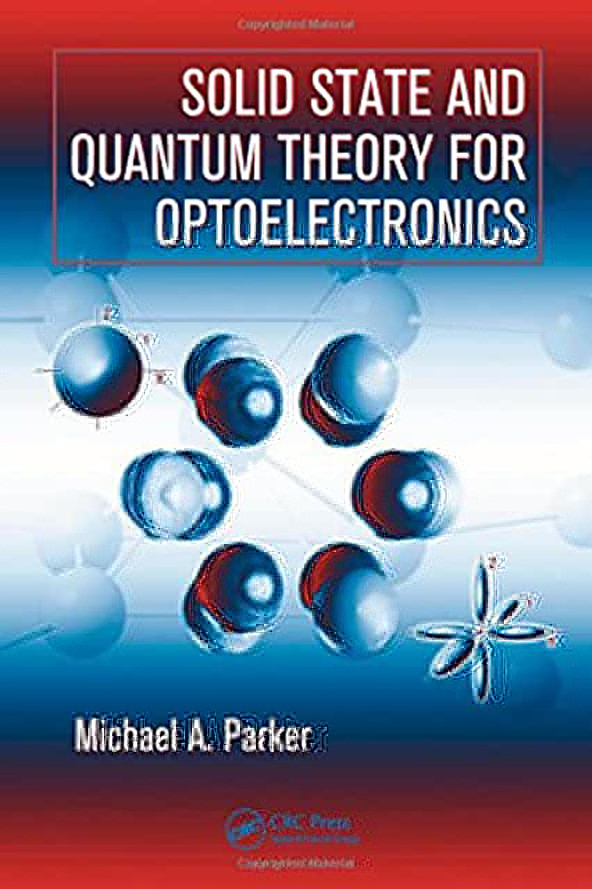




While applications rapidly change one to the next in our commercialized world, fundamental principles behind those applications remain constant. So if one understands those principles well enough and has ample experience in applying them, he or she will be able to develop a capacity for reaching results via conceptual thinking rather than having to always rely on models to test various conditions.
In Solid State and Quantum Theory for Optoelectronics, the author provides a general conceptual framework for matter that leads to the matter-light interaction explored in the author’s Physics of Optoelectronics (CRC Press). Instead of overburdening readers with the definition–theorem– proof format often expected in mathematics texts, this book instructs readers through the development of conceptual pictures. Employing a proven pedagogic approach, as rigorous as it is intuitive, the author (i) provides several lead-ins to the quantum theory including a brief review of Lagrange and Hamilton’s approach to classical mechanics and the fundamental quantum link with Hilbert space, (ii) demonstrates the Schrödinger wave equation from the Feynman path integral, (iii) discusses standard topics such as the quantum well, harmonic oscillator, representations, perturbation theory, and spin, (iv) expands discussion from the density operator and its applications to quantum computing and teleportation, (v) provides the concepts for ensembles and microstates in detail with emphasis on the derivation of particle population distributions across energy levels.
Sometimes PDF copies of the full book Solid State and Quantum Theory for Optoelectronics can be found free-of-charge on various websites such as pdfdrive. If so, consider ordering a hardback version for your library to help defray the Taylor-Francis publishing costs.
The book, Solid State and Quantum Theory for Optoelectronics, can be purchase on Amazon.com (since 2010)
ISBN-10: 084933750X
ISBN-13: 978-0849337505